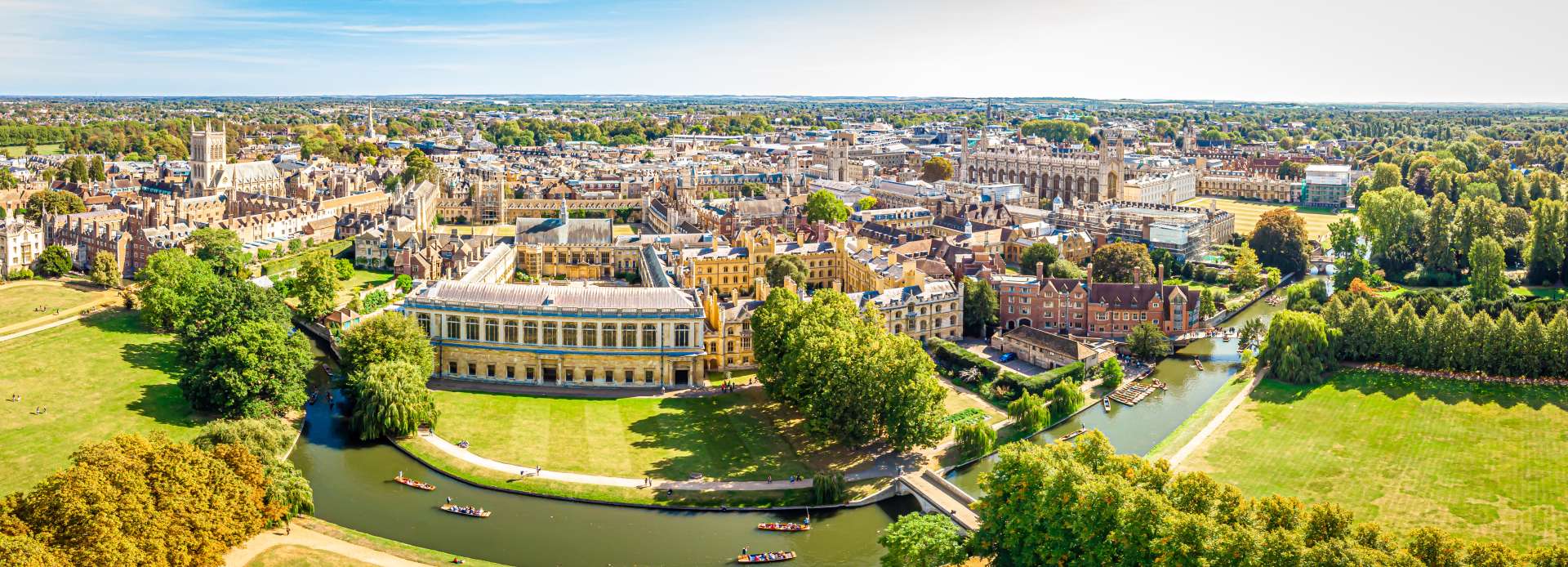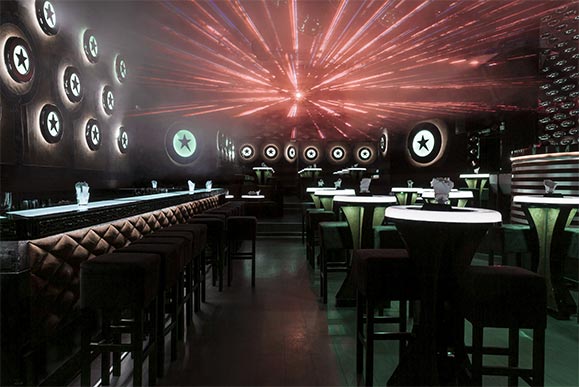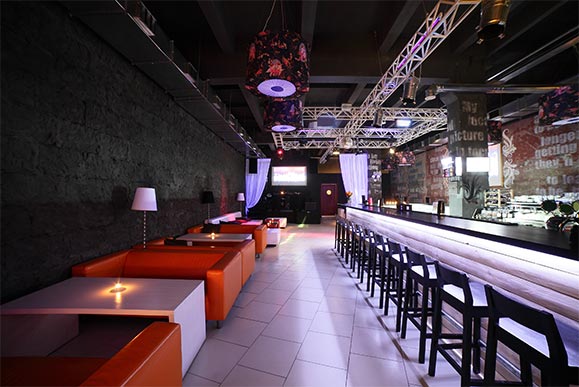
Arbeia Roman Fort — Gateway to Hadrian’s Wall
Explore Reconstructed Roman Barracks, Artefacts, and Britain’s Ancient Frontier Baring Street, South Shields, Tyne and Wear NE33 2BB
Specification
Rome’s Northern Outpost
Standing above the River Tyne in South Shields, Arbeia Roman Fort once guarded the eastern supply line to Hadrian’s Wall.
Built around AD 160, it served as both a military garrison and a key storage depot for food and supplies supporting Roman soldiers across northern Britain.
Today, Arbeia offers visitors a vivid glimpse of Roman life through reconstructed buildings, original artefacts, and archaeological remains that bring ancient Britain to life.
A Fort with a Strategic Purpose
Arbeia’s name is thought to mean “fort of the Arab troops”, likely referencing a detachment from modern-day Iraq stationed here in the 3rd century.
Its strategic location at the mouth of the Tyne allowed control of shipping and protection of the Roman frontier.
Moreover, the fort was once part of a chain of defences stretching across northern England — a crucial link in the Hadrian’s Wall frontier system, now a UNESCO World Heritage Site.
Exploring Arbeia Roman Fort
1. The Reconstructed Buildings
Arbeia is famous for its full-scale Roman reconstructions — rare in Britain.
You can step inside the Commanding Officer’s House, Barracks Block, and West Gate, all rebuilt on their original foundations.
These detailed reconstructions, based on archaeological evidence, let visitors experience Roman architecture, interior design, and military life firsthand.
In addition, guided tours and school visits bring ancient stories vividly to life.
2. The Museum and Excavations
The Arbeia Museum displays artefacts uncovered on-site — including Roman armour, jewellery, coins, and domestic items.
Each exhibit reveals how soldiers and civilians lived together in this multicultural frontier community.
Furthermore, the fort’s open excavations show real Roman stonework, offering insight into ongoing archaeological discoveries.
3. Events and Education
Arbeia hosts reenactments, family days, and living history events where Roman soldiers march again through its gates.
Workshops and talks run throughout the year, helping visitors of all ages connect with Britain’s Roman past.
Therefore, it’s both an educational hub and an engaging heritage site.
Learn more at the Tyne & Wear Archives & Museums website
A Window into Roman Britain
Arbeia Roman Fort offers a unique mix of authenticity and reconstruction rarely found elsewhere in the UK.
It helps visitors imagine the sounds, sights, and routines of daily life nearly 2,000 years ago.
Moreover, its preserved layout makes it one of the best places to understand the logistics behind Rome’s northern frontier.
Standing on the ramparts, you can almost see the legions marching west toward Hadrian’s Wall.
Visiting Arbeia Roman Fort
How to Get There
Address: Baring Street, South Shields, Tyne & Wear NE33 2BB
By Metro: South Shields Station — 10-minute walk.
By Bus: Regular services from Newcastle and Sunderland.
By Car: Free parking nearby.
Opening Hours & Admission
Open seasonally (April–October).
Entry is free.
Check seasonal times on the official website.
Facilities
Visitor centre and museum
Gift shop
Toilets and picnic area
Step-free access around most of the site
Nearby Attractions
South Shields Roman Fort Park: Family-friendly green space beside the site.
Segedunum Roman Fort: Another fort at Wallsend, linked to Hadrian’s Wall.
Tynemouth Priory: Dramatic medieval ruins overlooking the North Sea.
Bede’s World (Jarrow Hall): Anglo-Saxon museum and heritage site nearby.
Together, they form the Tyneside Roman and Medieval Trail.
Why Visit Arbeia Roman Fort?
The Arbeia Roman Fort experience combines archaeology, reconstruction, and storytelling in a way few sites can.
It’s both authentic and immersive — bringing history out of textbooks and into real life.
Whether you’re a history enthusiast, a family explorer, or a curious traveller, Arbeia offers a journey through time to the edge of the Roman world.
It’s not just a fort — it’s a frontier reborn.






No Reviews